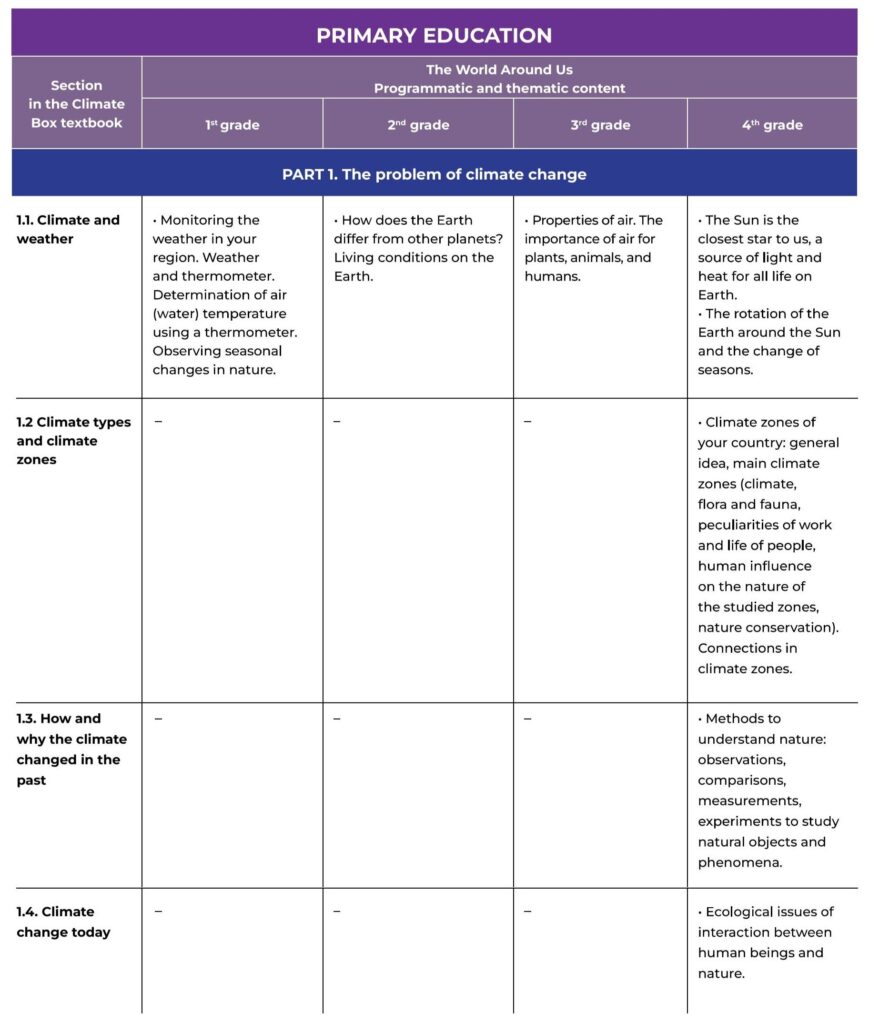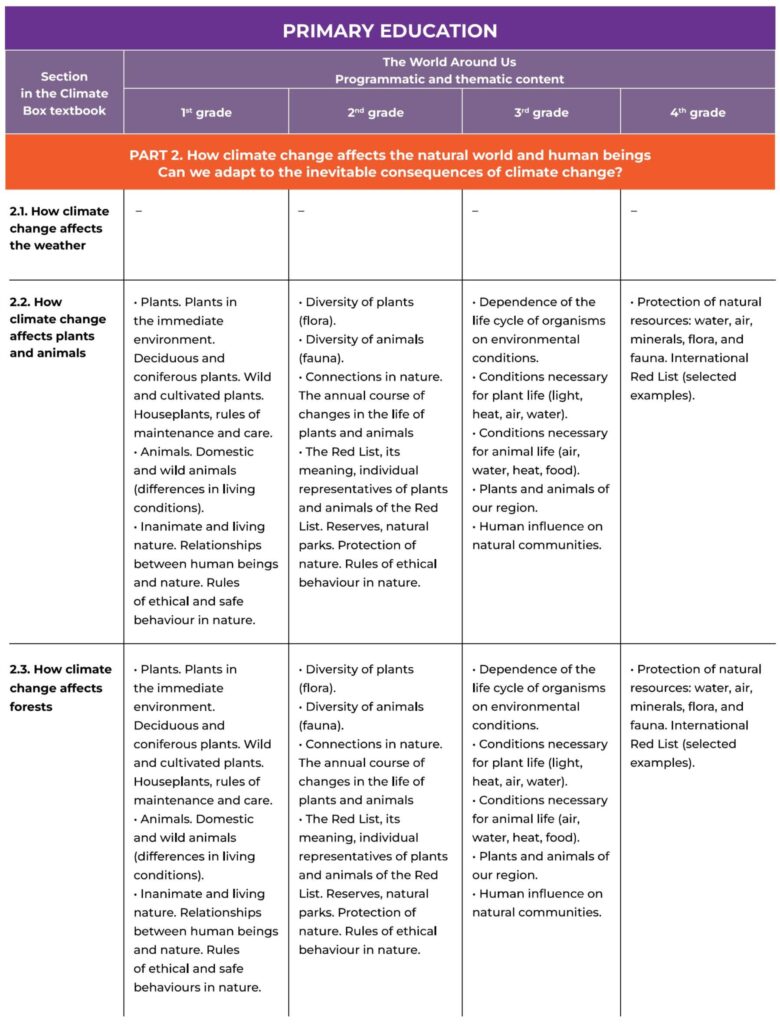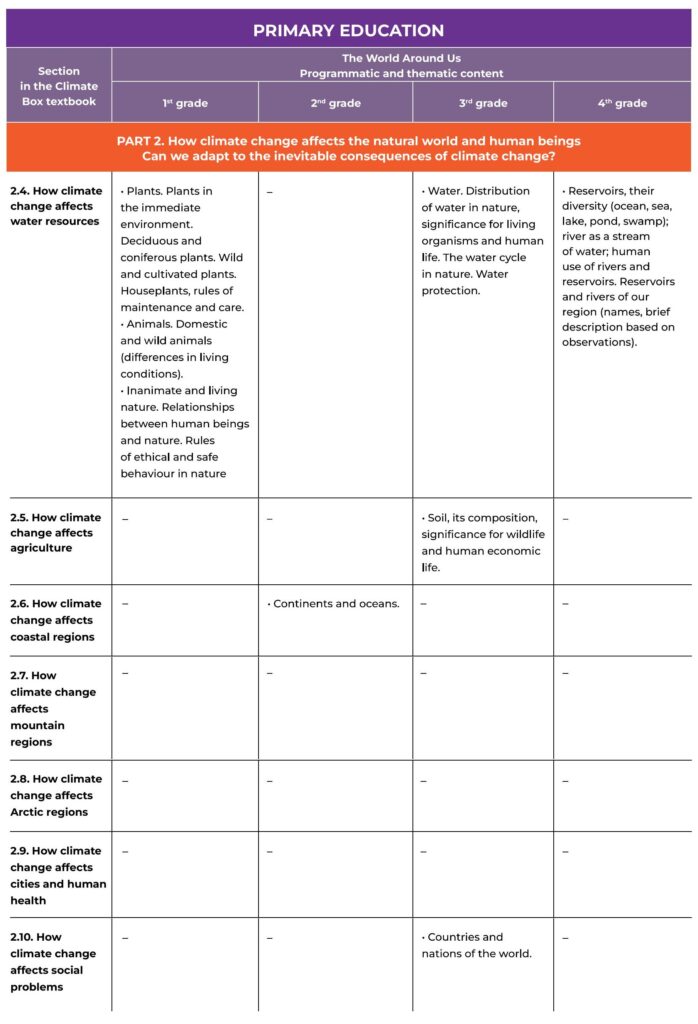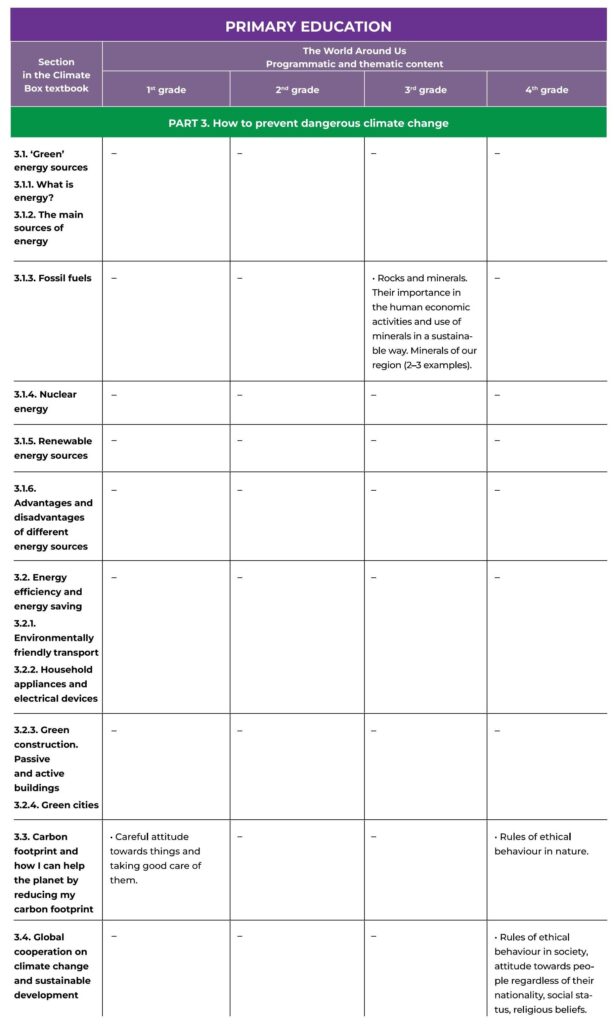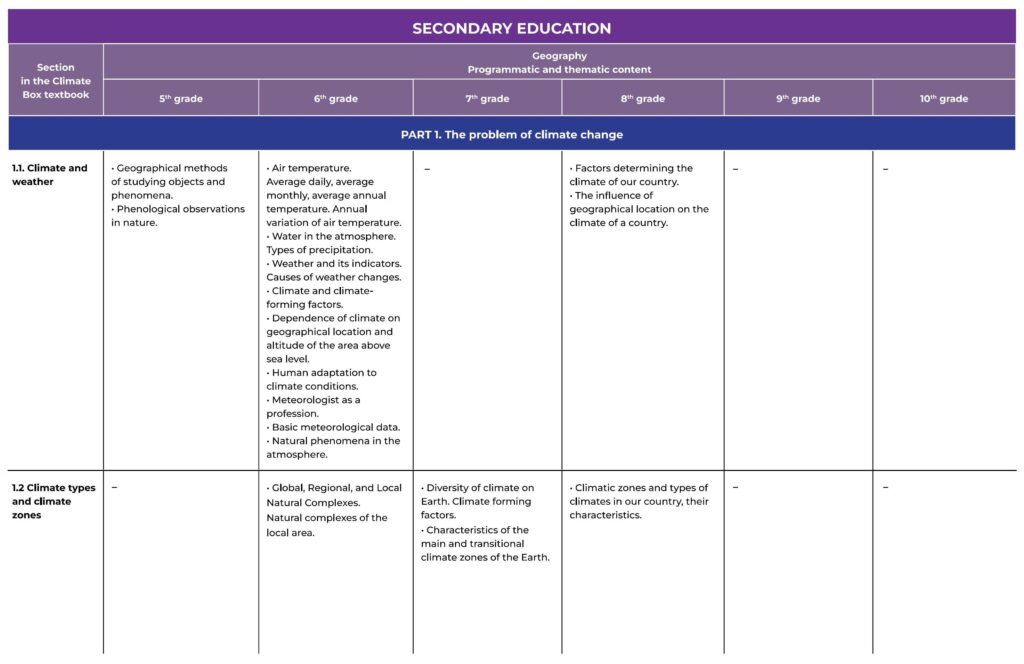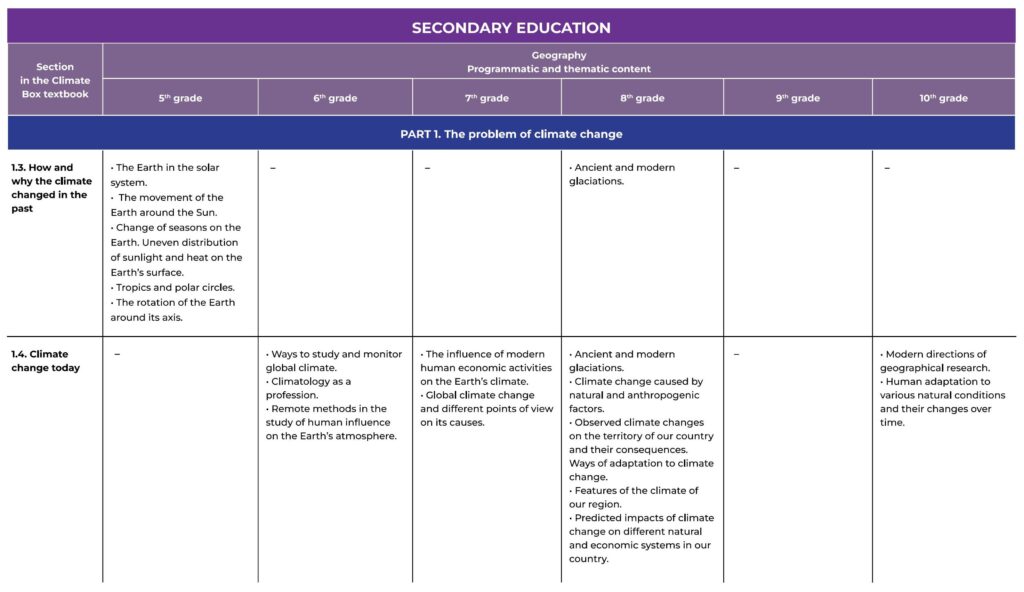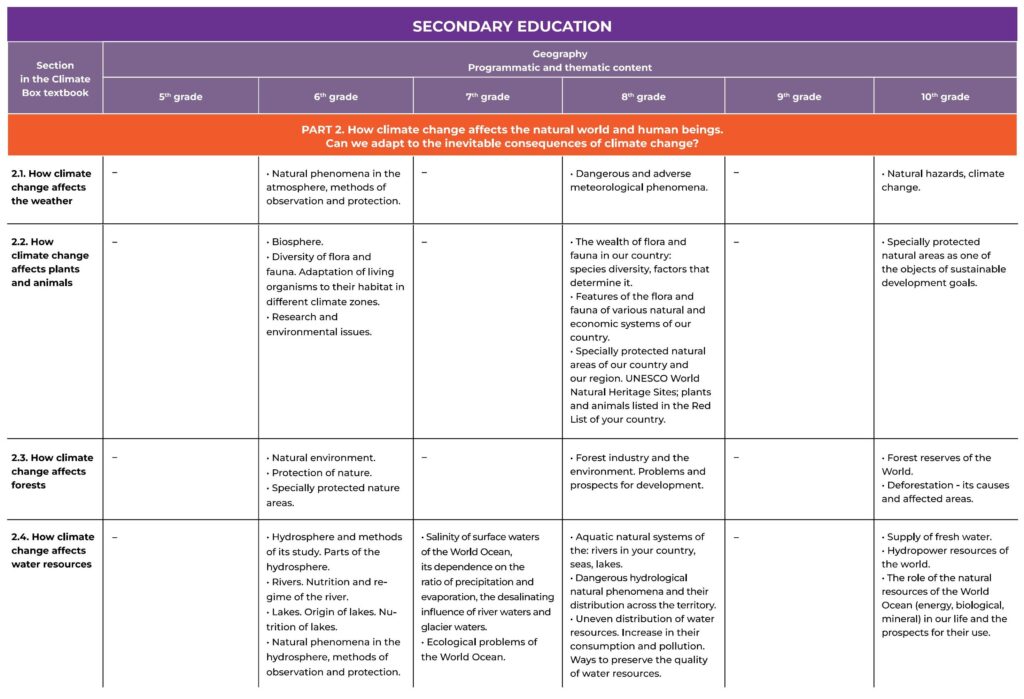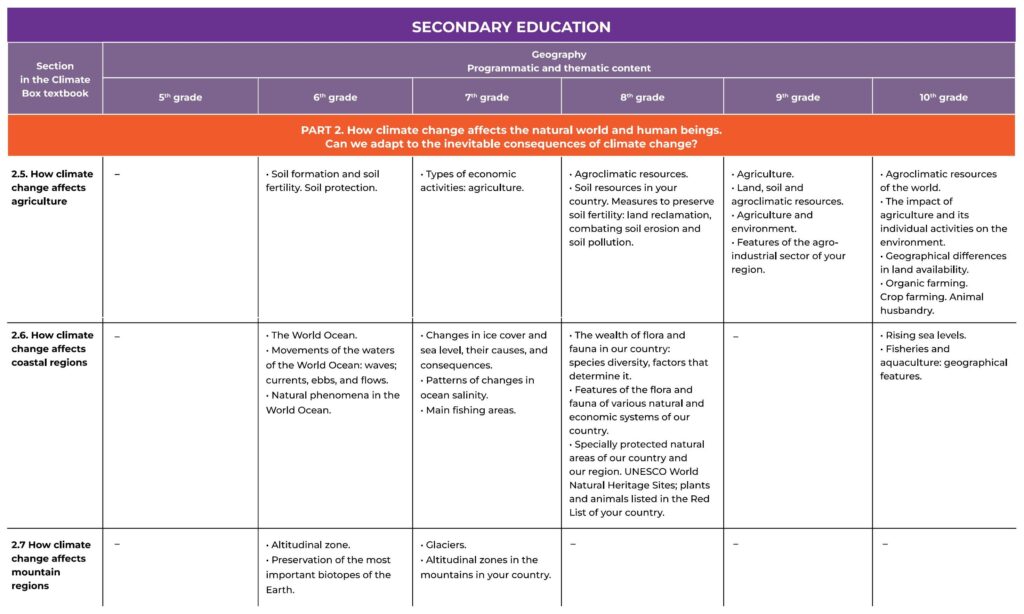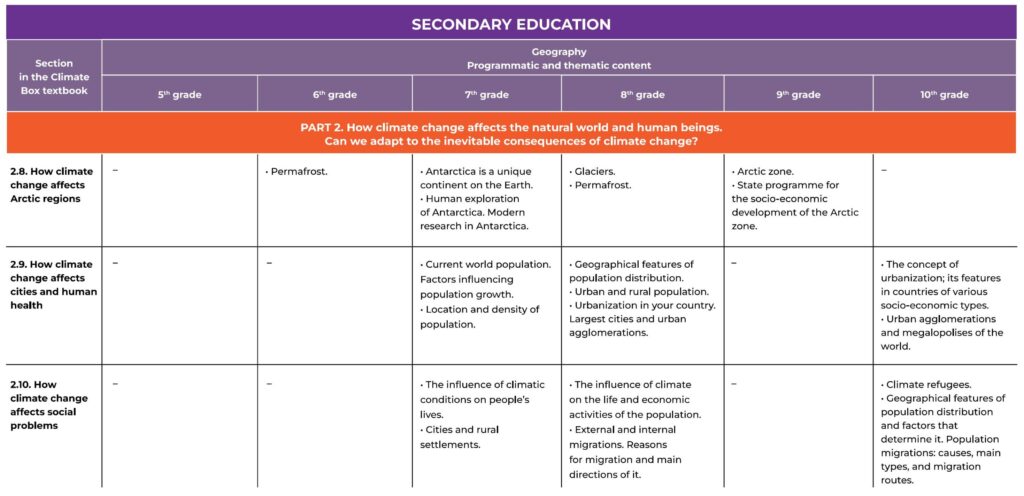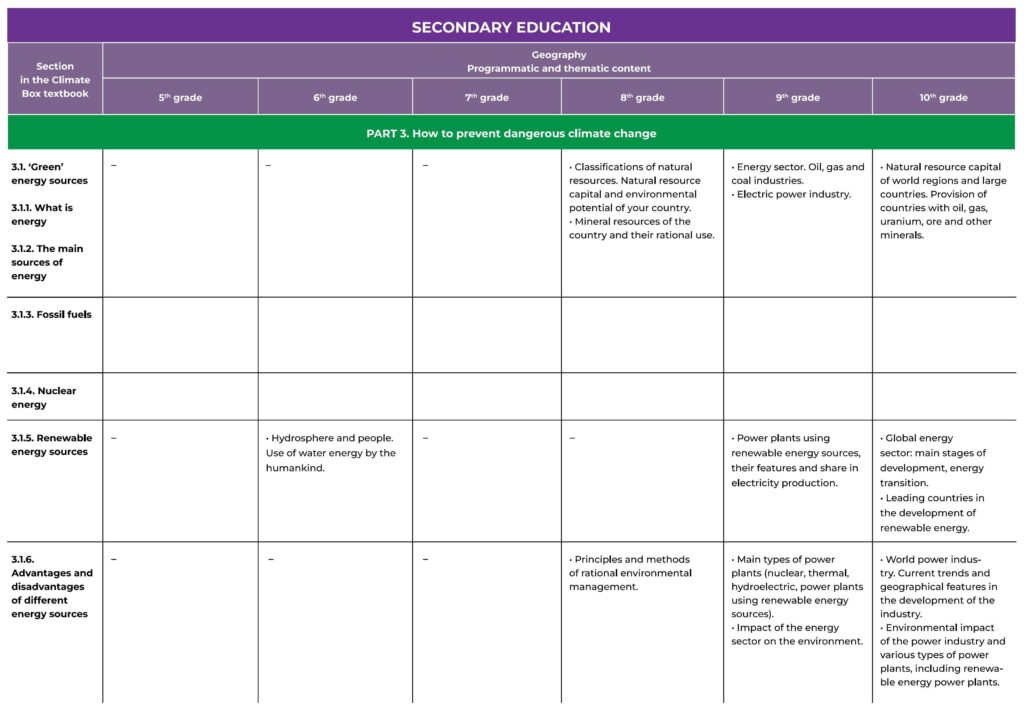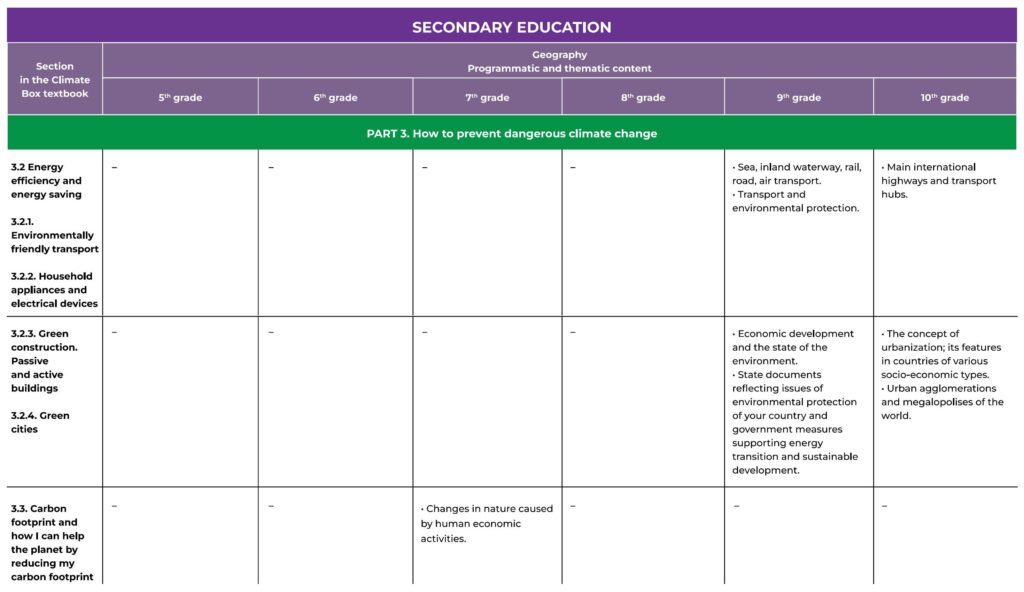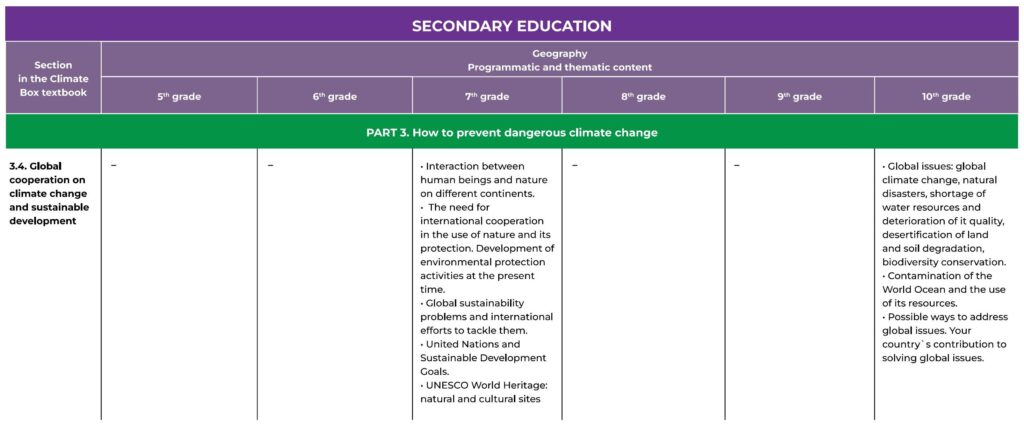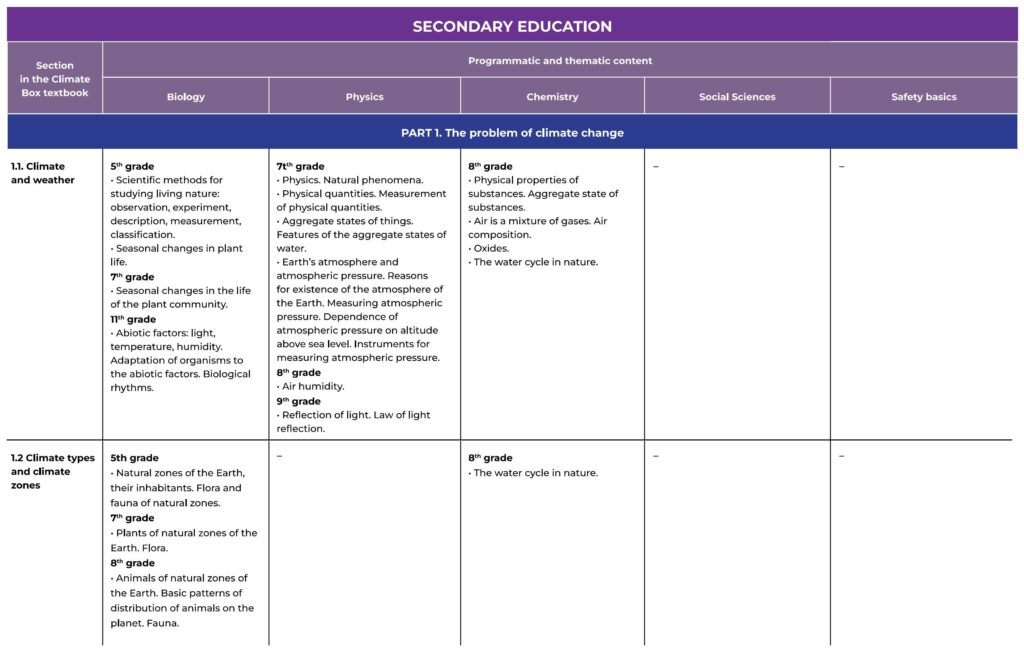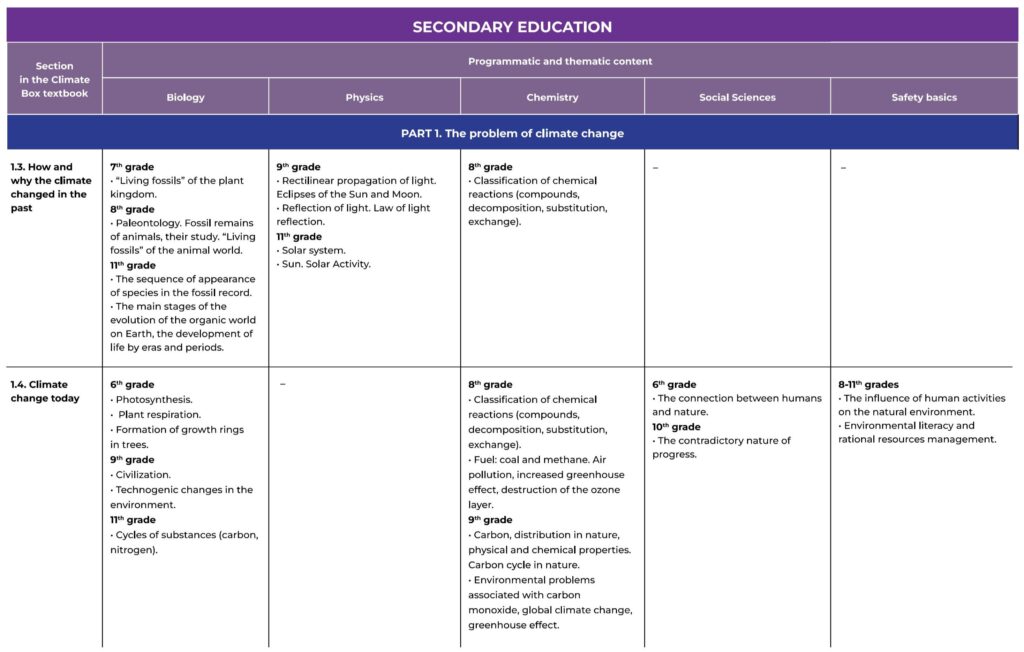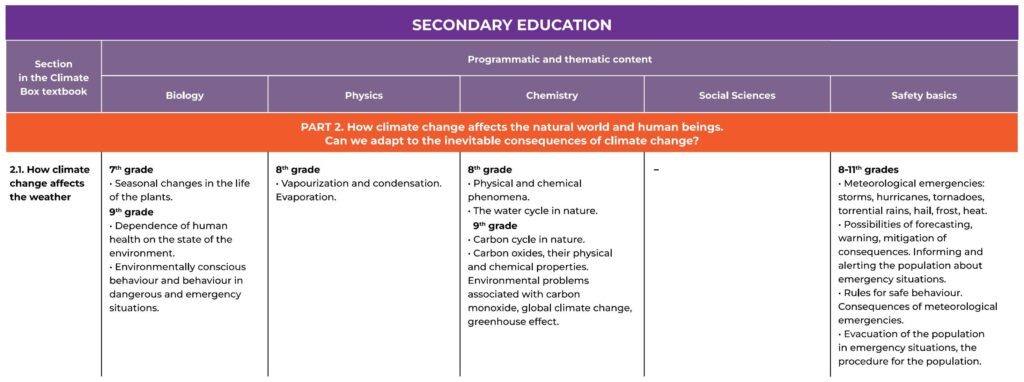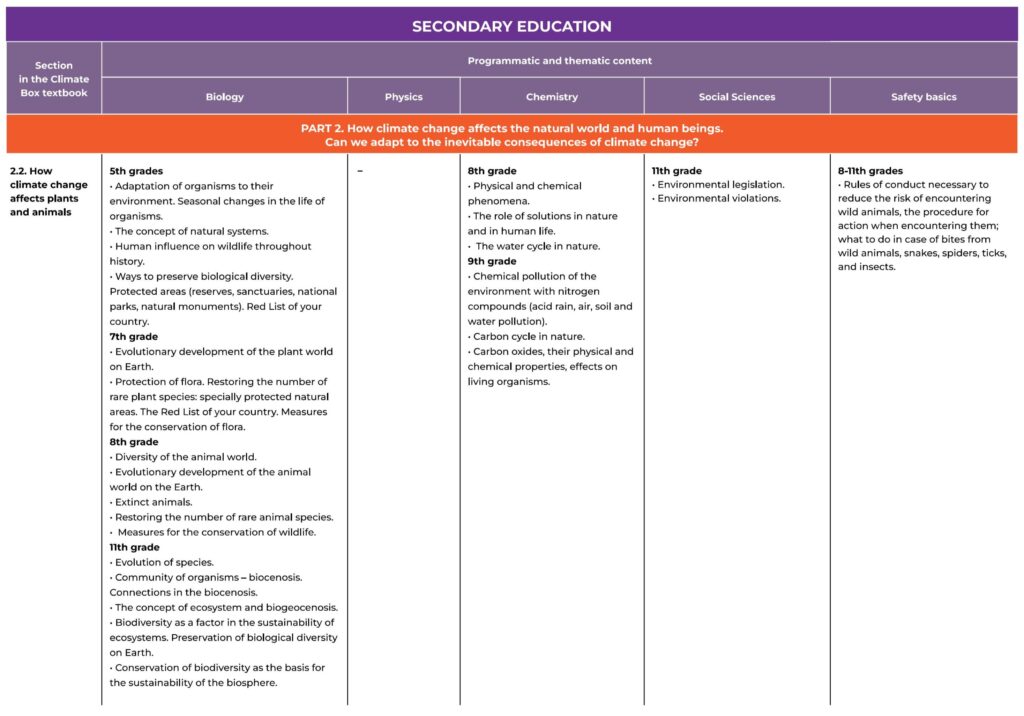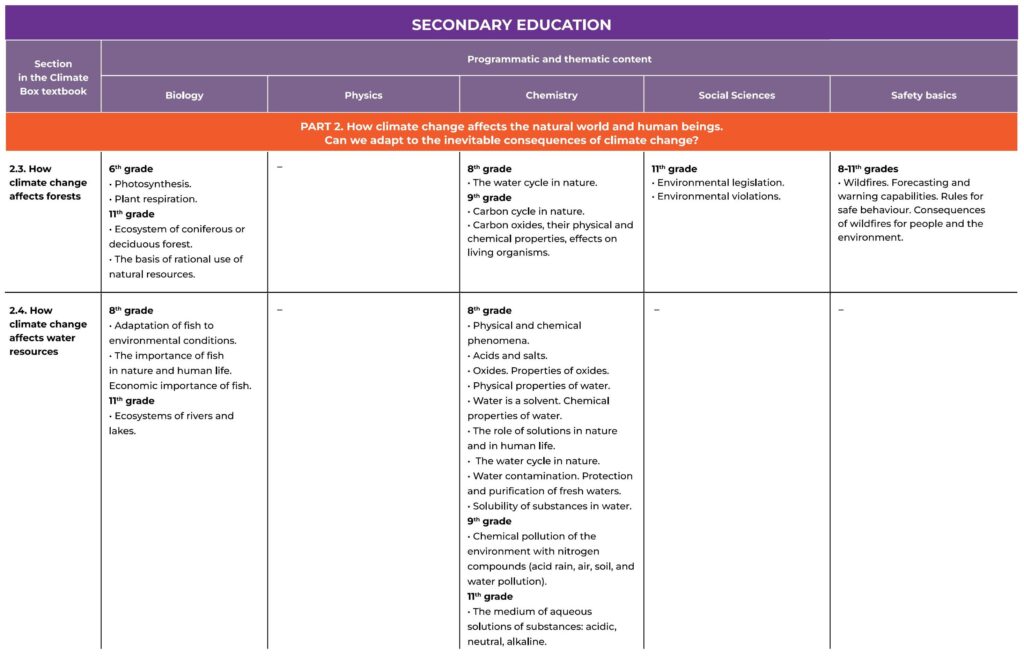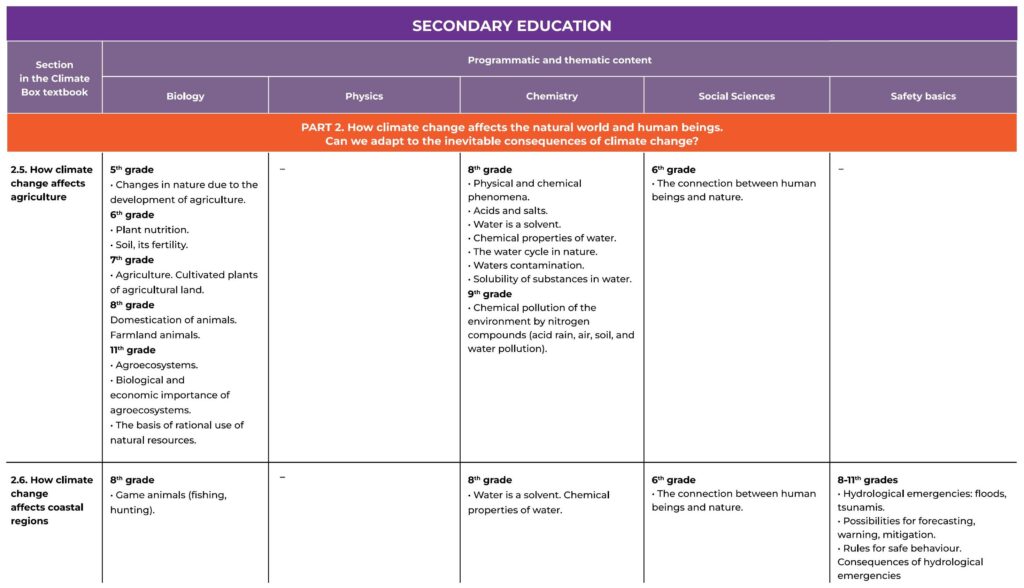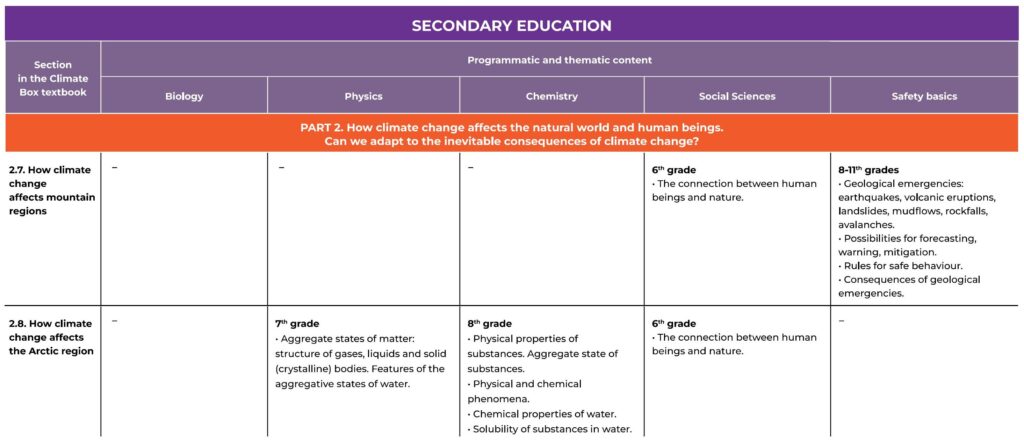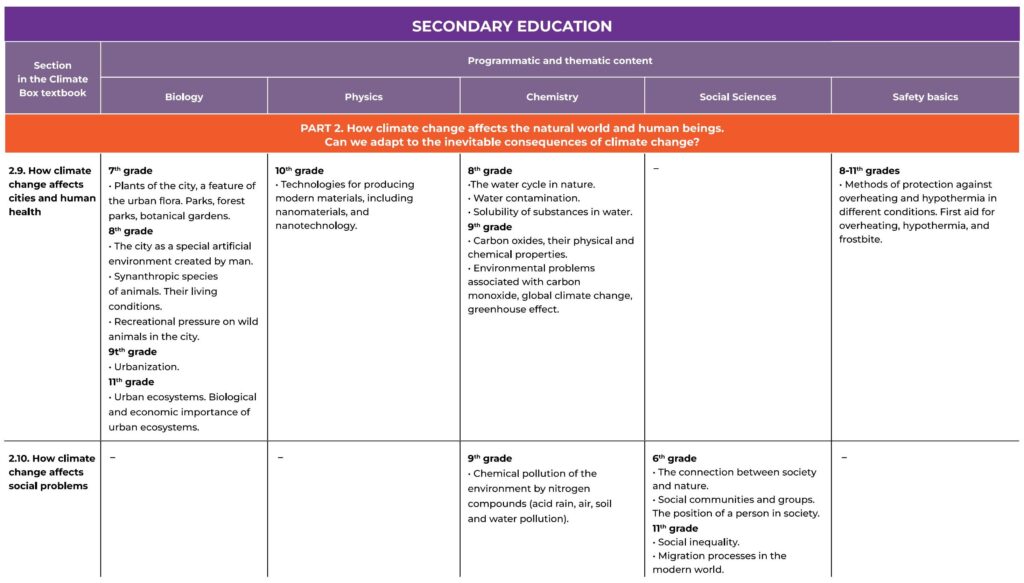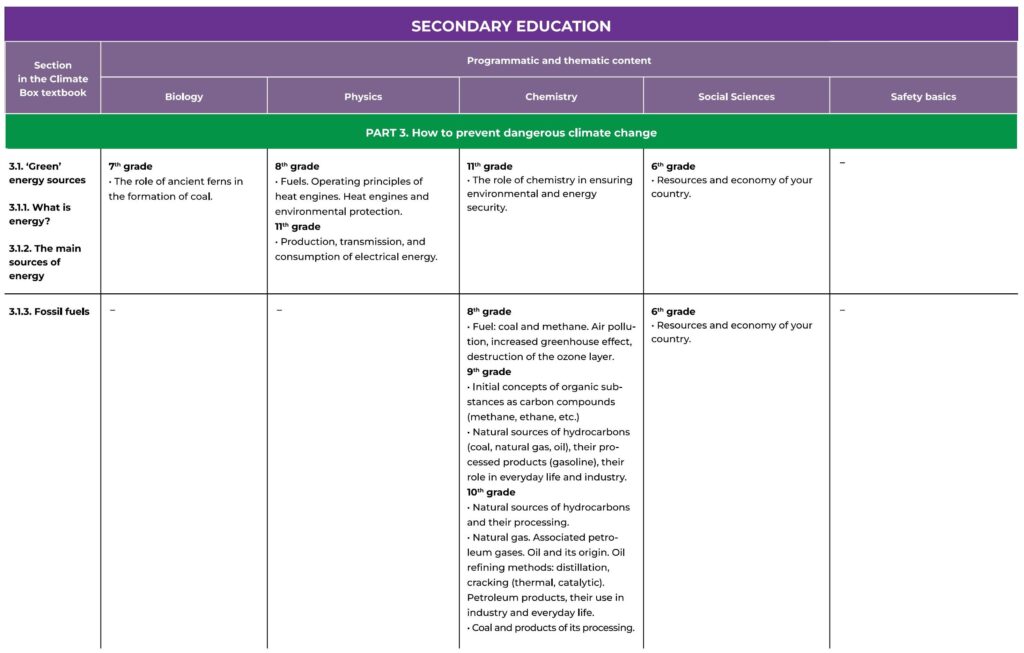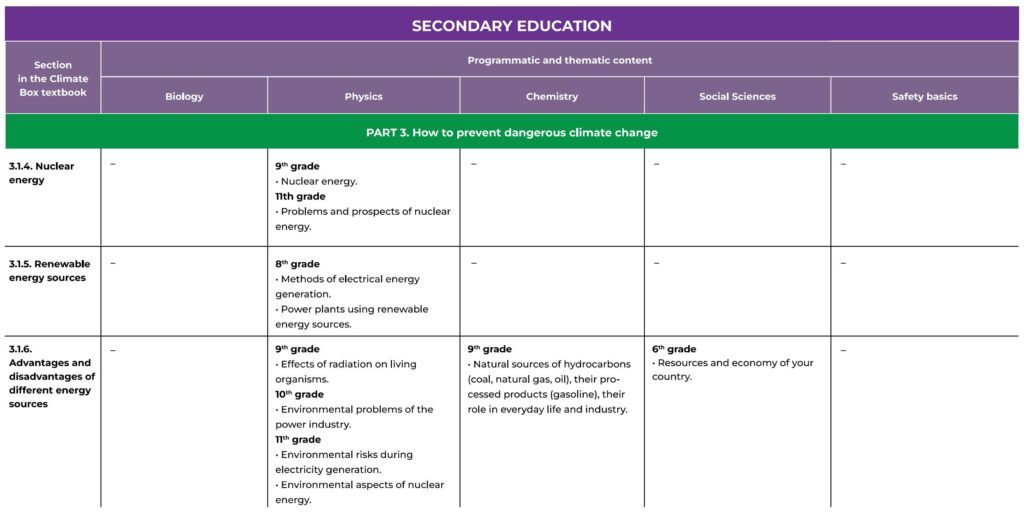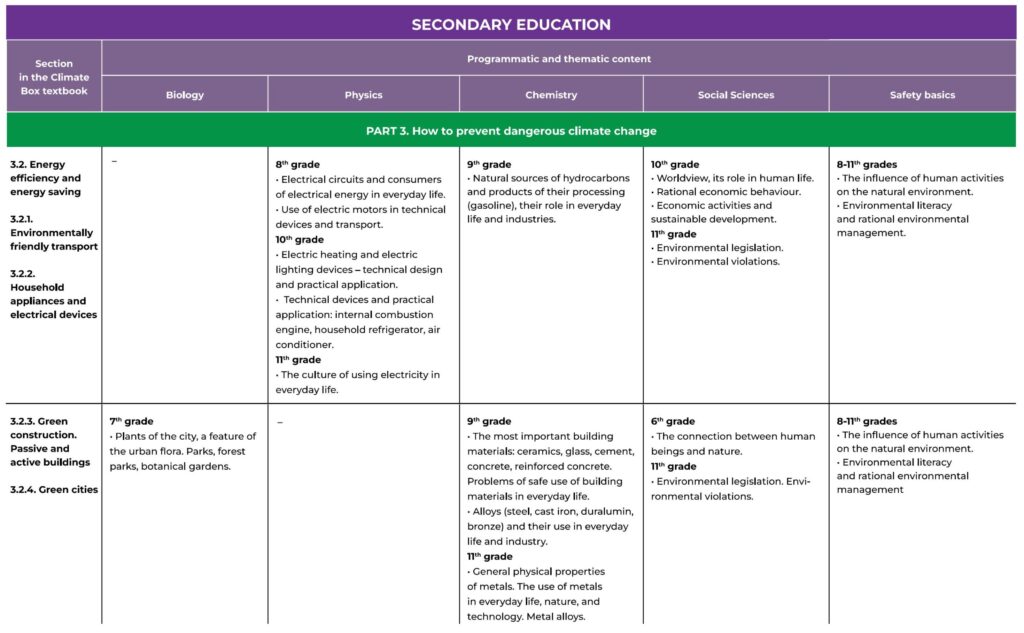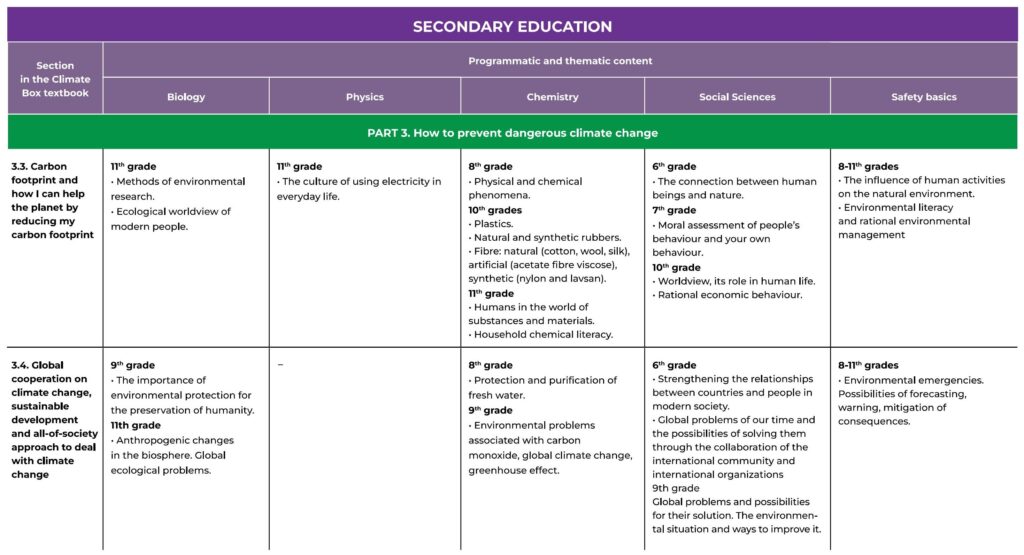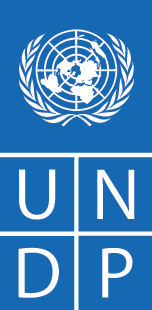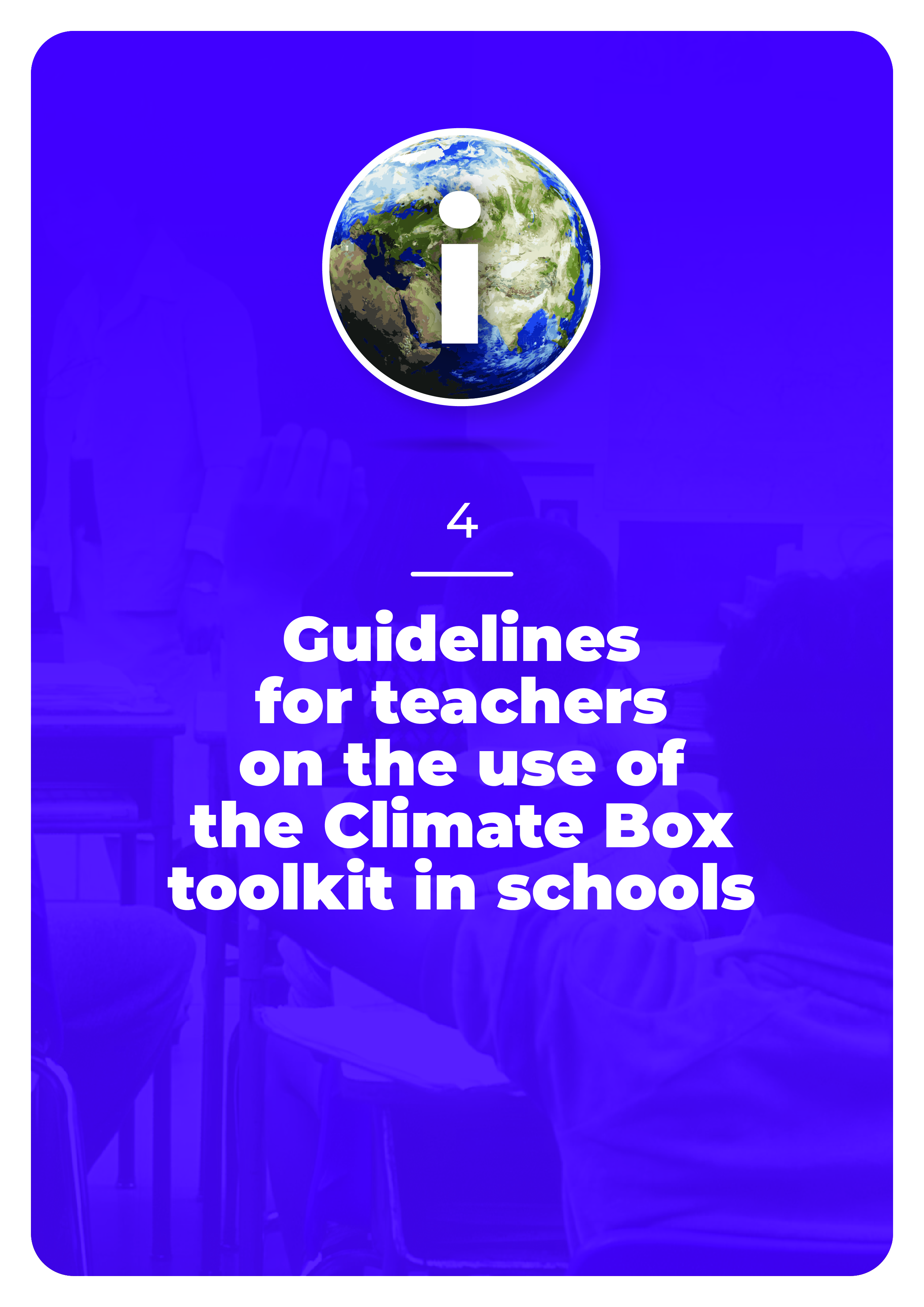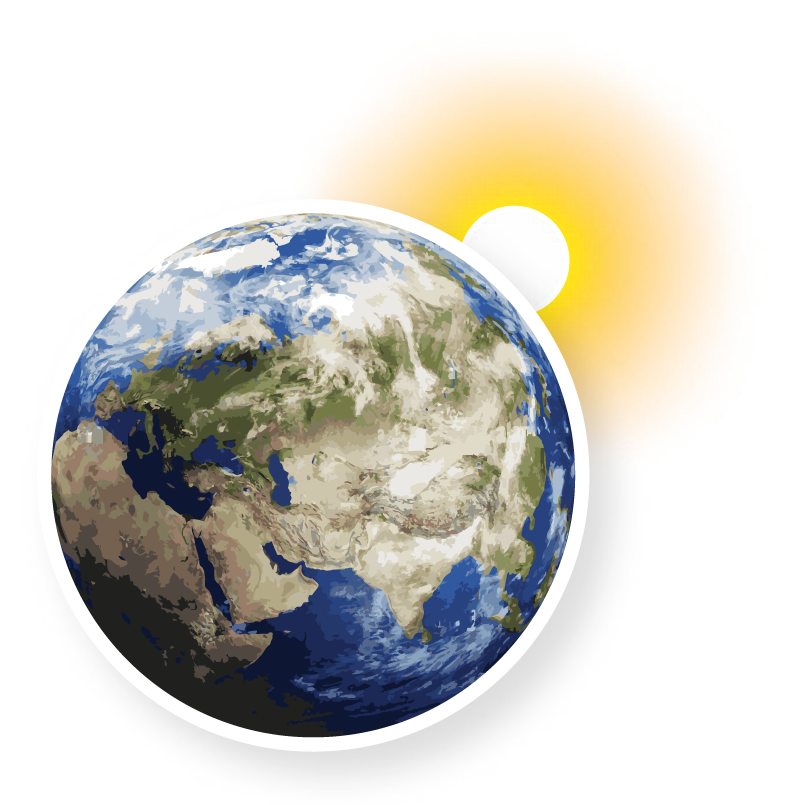The Climate Box toolkit, an interactive set of educational materials and games on climate change, is addressed to teachers of natural sciences, social studies, and the environment in Gradesll.
The materials have been prepared by UNDP with the support of the Global Environment Facility, the Ministry of Natural Resources and Environment of the Government of the Russian Federation, and the Coca-Cola Company. Climate Box is the third of a series of toolkits for school students prepared and presented by UNDP and its partners, following Black Sea Box and Baikal’s Little Treasure Chest.
The objectives of the Climate Box toolkit are to:
- Inform students about the world around them and the relationships between human beings and the environment
- Promote ideas of conservation and respect for nature
- Instil an environmental culture of responsible consumption by young people and develop energy- and resources-saving skills among them
- Help teachers prepare and conduct lessons on subjects directly or indirectly related to climate change
The interactive toolkit contains:
- An illustrated textbook for students with educational materials and a variety of questions and tasks for individuals and groups, along with guidelines for teachers on the use of the toolkit in lessons for students in different age groups (as a chapter in the textbook and a standalone supplement)
- The Climate Quiz, a set of game cards
- A wall map illustrating the possible effects of climate change on nature and humanity in various parts of the world by the end of the 21st century
- A poster with tips on how to reduce your carbon footprint
- A poster with recommendations on how to resist and adapt to climate change impacts that are hard to mitigate
- climate-box.com – a website with all toolkit materials
The Climate Box textbook
The textbook consists of three sections: ‘The problem of climate change”, ‘How climate change affects the natural world and human beings. Can we adapt to the inevitable conse- quences of climate change?“, and ‘How to prevent dangerous climate change’.
It helps students to distinguish between different types of climate and natural zones; explains the relationship of the geographical components of natural systems; teaches them how to understand essential geographical features and weather phenomena and how they can change as a result of natural and manmade impacts; explains the use of alternative energy sources; teaches rules of conduct in case of extreme weather; and tells them how to make sparing use of resources at home and school and outdoors. Each section contains information that can usefully supplement many aspects of educational programmes.
The textbook contains interesting and informative facts about natural anomalies, examples of the consequences of climate change impacts on coastal, mountain and Arctic regions, forests, cities, and countries. It gives students an opportunity to independently analyze the information and build hypotheses and forecasts about natural processes and phenomena relevant to the region where they live.
The textbook helps students to view the world from the point of view of an astronomer, geographer, or ecologist. Colourful and attractive illustrations, charts and graphs help to consolidate their understanding of evolution (by reference to climate change events in the past and the shape of our planet today), spatial differences in the processes of climate formation, geographical features of the natural complexes of different continents and oceans, conservation practices, natural and manmade causes of environmental problems, measures to preserve the natural world and protect people from natural and man-made disasters, the greenhouse effect and biodiversity, and the carbon footprint of human beings on Earth.
Questions and tasks offer students an opportunity to use all this knowledge in practice The textbook can be used in work with students eight years and older and is particularly suitable for students aged 10—13 years, both as part of the main curriculum and in extracurricular activities.

Teachers are advised to use the textbook materials taking account of what their students are currently focused on, and their needs, interests, and abilities. Some children will find the entire textbook interesting, while others may be attracted by specific facts and illustrations, or ideas for experiments.
The tables below indicate how to link the Climate Box to national curricula. Although focused on the Russian educational programme, these suggestions could be relevant to similar curricula in other countries.
We are optimistic that every student will find something new and interesting in the textbook. We suggest that teachers take a creative approach to the toolkit, using the materials in activities outside the classroom and in extracurricular activities: these may be outdoor activities, environmental actions, subject weeks, competitions and quizzes, and study circles. The team of authors sincerely hopes that the Climate Box toolkit will encourage students, teachers, and parents to alter their lifestyles towards greater environmental awareness.
Educational programmes
Primary education
National programme for primary education “The World Around Us” (for grades 1-4)
Secondary education
National programmes for basic secondary education in subjects:
- Geography (for grades 5-11)
- Biology (for grades 5-11)
- Chemistry (for grades 8-11)
- Physics (for grades 7-11)
- Social studies (for grades 6-11)
- Safety basics (for grades 8-11)
